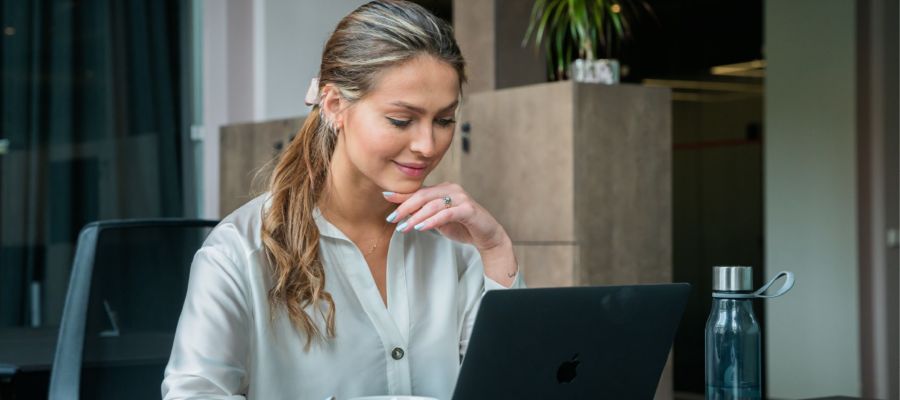Why do we do this as a team?
Working in teams allows us to find better solutions to problems than we would individually. The teams are mainly formed to include all the necessary know-how and experiences to reach the goals. People can be part of more than one team, being in a leading role in one team and in a supportive member in another. For example, freelancers work on many projects simultaneously, with different goals and people. It is rather easy to lose our focus when shifting from one project to another carrying a different role.
Especially in busy times, it is crucially important to know why the teams are assembled, what are their common goals, and the expectations for each member. If the people have been working closely already for months or years, it might be clear without saying, but when there are new people or replacements in the crew, doing a WHY-exercise together could be helpful.
One of the options is to use the Golden Circle by Simon Sinek. The format is easily adaptable for teams, and it is a good tool for kicking off with a new team or a project. According to Sinek, it is a crucial cornerstone for success and creativity to identify the Why. He says that the most successful leaders and businesses Start with a Why, working the way inside out.
.png)
A clear and shared view of these topics lays a solid ground for fruitful teamwork. A common understanding of the “why”, why we do what we do, brings people on the same page, gives a deeper understanding and could lead to inspiration and bright solutions. So why not use the Golden Circle at the first meeting in 2022 with your team, just to make sure you are all on the same page?
Problems or solutions?
We all have had days when one problem follows the next one. During challenging projects, especially the ones with a tight deadline, there are moments when at least two new ones arise after solving one problem. It can be a drag. It drains out energy and motivation.
A change of perspective could be helpful to keep the spirit and positive atmosphere (equally crucial for a person and a team). On a teamwork session, coach Harald Lepisk shares lighting thought – why not instead of saying (to your boss or yourself) “Houston, we have a problem”, you say, “We have an interesting situation”. According to him, approaching the situation as “an interesting one” shifts our mindset – we stay calmer, are not so stressed about “yet another problem”, that might send us to “freeze or run” mode. We can still keep an open mind to find a creative solution. When thinking about “an interesting situation”, our focus is on possibilities. It also helps to keep a lighter and kinder atmosphere that will be beneficial in the long run.
.jpg)
Recap and celebrate
As work never ends, giving team members or leaders feedback and reflecting at the end of the project is often missed. As many of us work with different projects and in various teams simultaneously, an hour-long feedback meeting might seem like a burden. Still, if there is a willingness to become a better team (member), it is worth taking the time and recap.
The end-of-sprint wash-up, borrowed from the Agile method, takes a closer look at what was achieved and how did the team do. It does not focus only on the result, but also on how the team and every member worked – what went smoothly, what were the obstacles, how was the experience of working together, how did the team communicate, how was the dynamic. It is also essential to give feedback to each other. Talking about these things isn’t necessarily easy, but a team can learn a lot by doing it. Having a joint wrapup also creates an excellent opportunity to take a moment, celebrate and thank everyone involved – and some celebration is something we all deserve after a challenging project.
Do not let yourself off the hook if your team is too busy for a follow-up. Have the end-of-sprint wash-up by yourself. What did I do well? Where could I improve for the next project? Do I have some suggestions on how to improve teamwork and communication? Some self-reflection could be helpful for the future and the success of a further collaboration.
How will you improve your teamwork in 2022?




